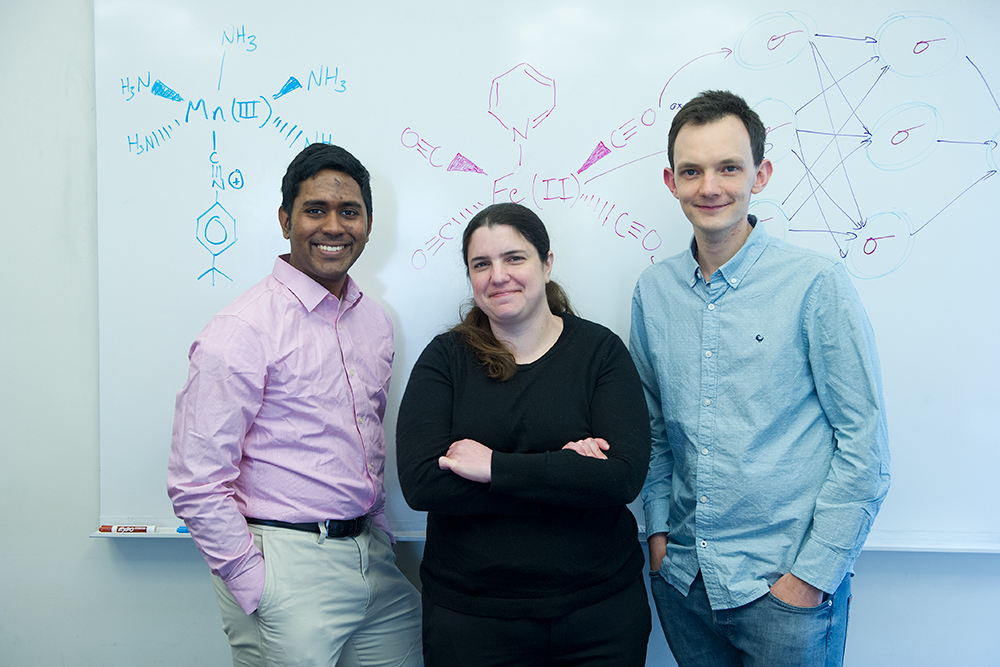Team
Researcher
 Heather Kulik
Associate Professor
Heather Kulik
Associate Professor
Department of Chemical Engineering
Research Team
 Aditya Nandy
Research Assistant
Chemistry
Aditya Nandy
Research Assistant
Chemistry
 Jon Paul Janet
Research Assistant
Chemical Engineering
Jon Paul Janet
Research Assistant
Chemical Engineering
